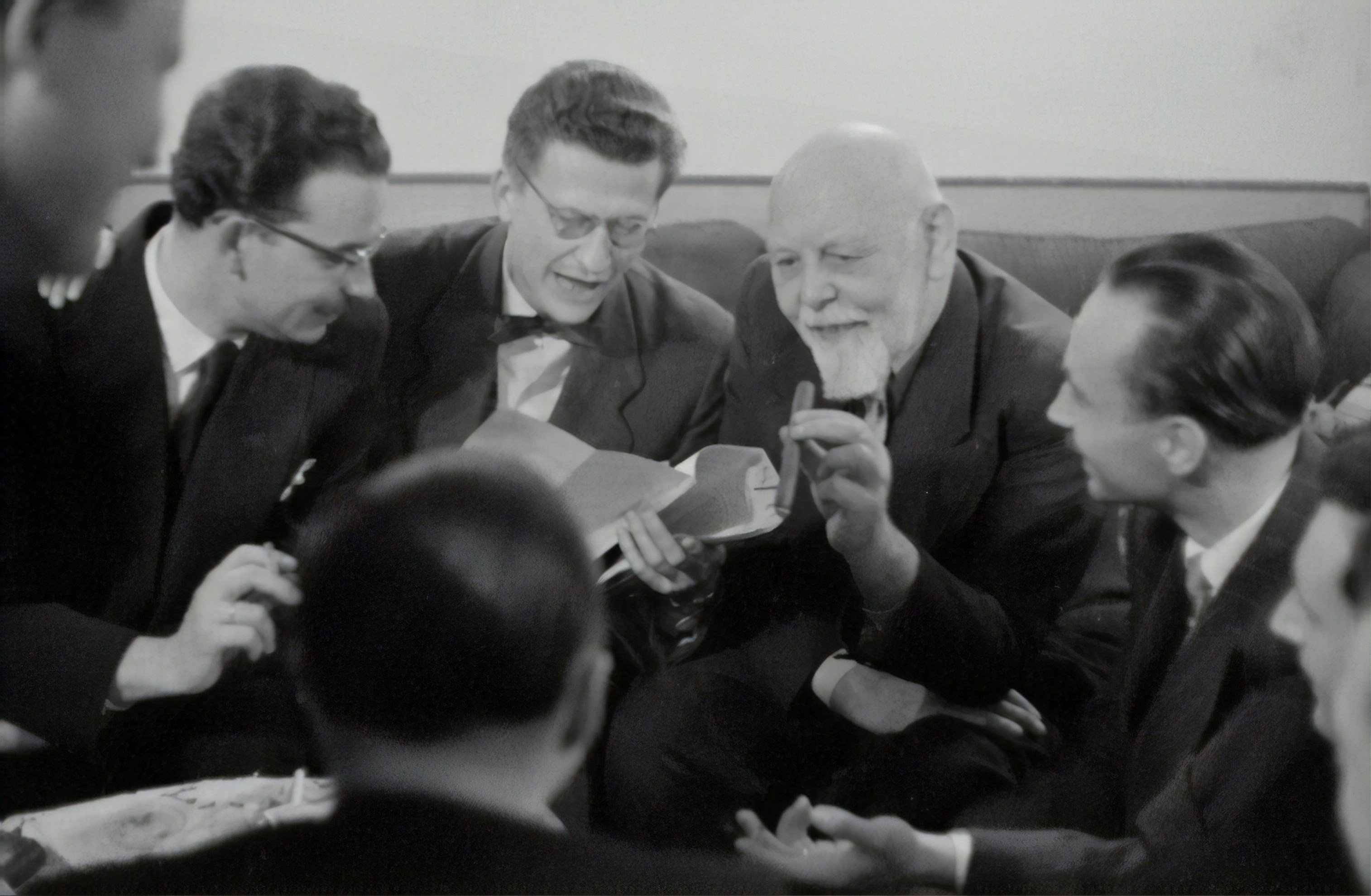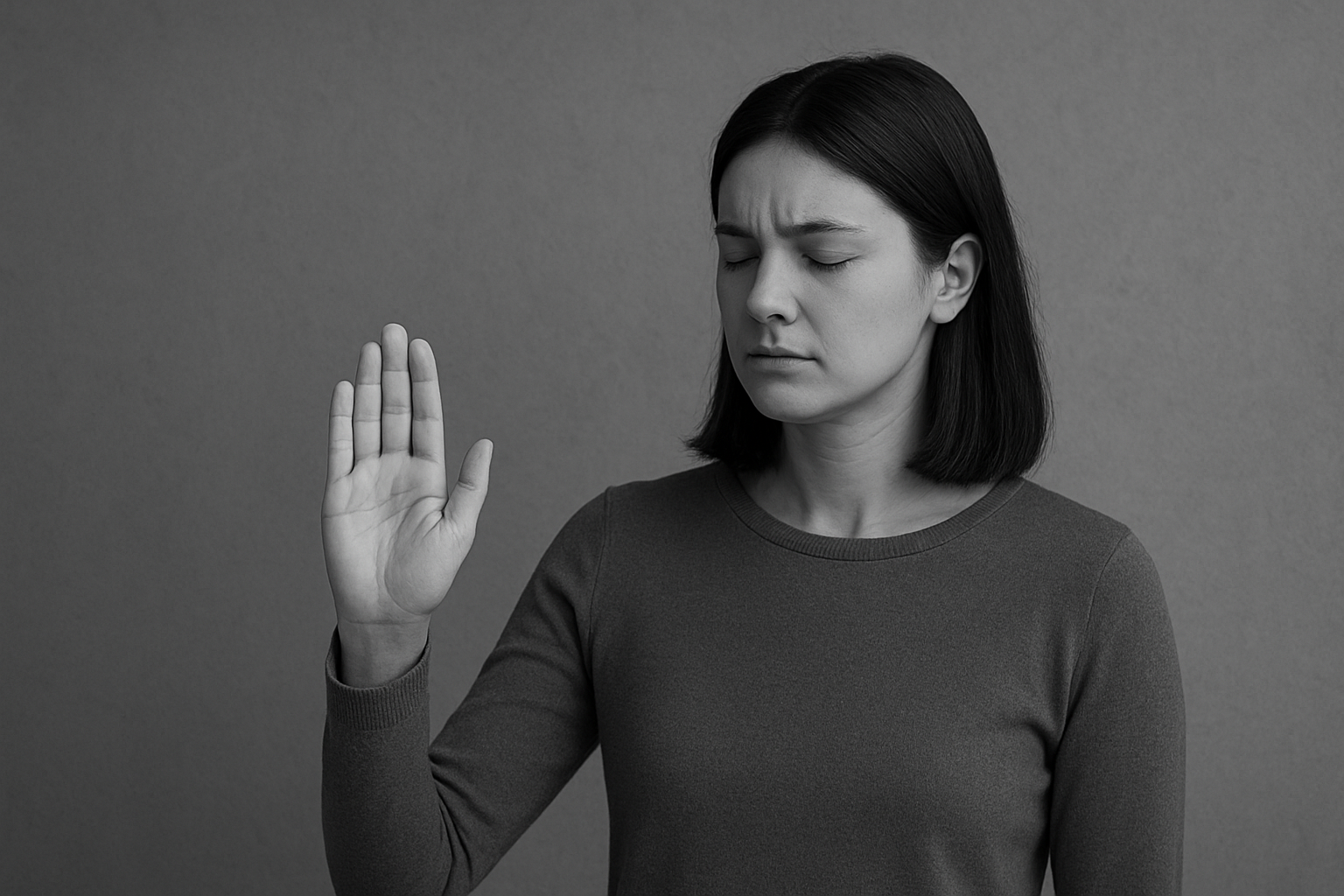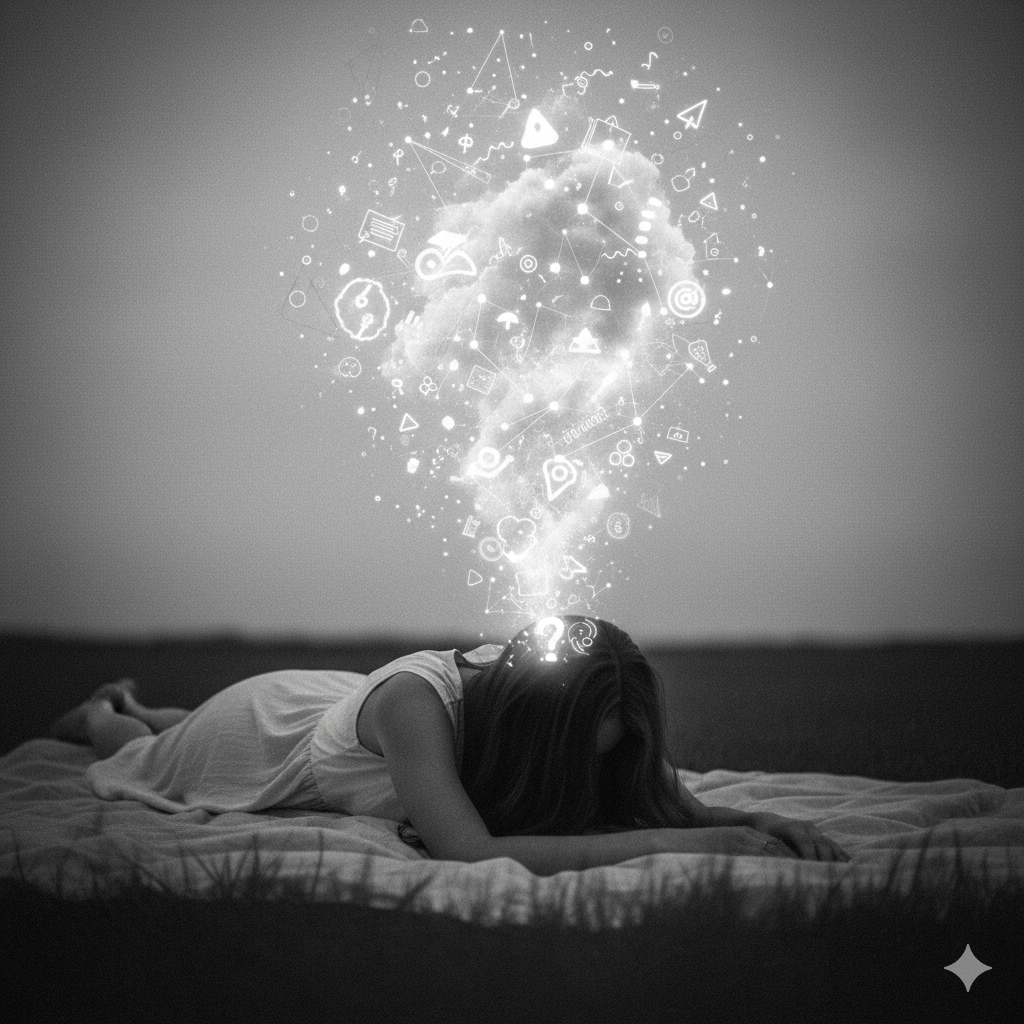It never occurred to me that mental health had something to do with men for so many years. But I was always empathetic toward men who shared their crises with me. The problem was that afterward, I sometimes felt I couldn’t admire them anymore, or I saw them as less masculine. Even when I wanted to step in and take charge in certain moments, my “masculine self” stayed emotionally neutral, just to make sure I was male enough. Crying and being vulnerable were considered female traits. It took me years to realize how deeply stigmatized I had been about men and men’s mental health stigma.
In Zero Hour, I almost always write about women because that’s relatable to me. But this time, as part of creating a platform for everyone and breaking mental health stigma, I want to start with myself. I want to change my patterns and write about male mental health, the stigmas men face, and the social setup that reinforces them.
The Depth of the Stigma
Globally, men are twice as likely to die by suicide compared to women, yet reported cases of depression are lower among men. Depression is one of the major causes of suicide, which shows a dangerous gap in awareness and support.
Gender is a major factor in men’s mental health stigma, yet it is rarely discussed. Stigma stops men from sharing their thoughts, seeking professional help, and sticking with treatment. It challenges their masculinity, which most men hate. It causes others to see them as “less of a man” – exactly what I once did. So men often hide their symptoms, even from their closest friends and family.
When gender intersects with mental health, there are also gender-specific conditions. For example, substance abuse and antisocial behaviors are more common in men, while eating disorders and EUPD are more associated with women.
Hairlining the Concept of Stigma
Goffman described stigma as a discrediting “mark” or attribute that reduces a person’s status in society. According to Link and Phelan, stigma works through labeling, stereotyping, and separating those with mental illness from “us,” which leads to status loss and discrimination.
Stigma can be divided into two types:
-
Public Stigma
Public or social stigma refers to the negative stereotypes, attitudes, and prejudices directed at those with mental illness by society.
-
Self-Stigma
Self-stigma is when individuals internalize these societal attitudes. For example, being a person with EUPD, I experience self-stigma, while my mother’s assumption that my condition is due to “too many resources” is public stigma.
Ironically, stigma toward depression, anxiety, suicide, and other mental conditions is more deeply ingrained in men than in women.
A real-world example: A Canadian survey reported that men with no personal experience of depression or suicide held more stigmatizing attitudes toward men’s depression and suicide than women.
”Words like “pathetic,” “irresponsible,” and “cowardly” are often associated with men struggling with depression or suicidal thoughts.
Zero Hour
Among men with personal experience of depression or suicide, self-stigma and embarrassment about seeking help were common. Younger men show the highest levels of social stigma toward men’s suicide and depression. Suicidal young men tend to conceal their mental distress for fear of being judged weak. This is because of the critical public gaze, which encourages men to appear strong, stoic, and unemotional.
The Weight of Societal Stigma
Men with mental illness are more likely to internalize the social stigma associated with the ‘masculinity’ and ‘well-being of men’. This is because they fear that society will find them lesser and bully or exclude them. This has happened many times in the world, and the most disturbing fact is that such incidents are marked proudly in history and moral stories. Men described fear, shame, guilt, embarrassment, and isolation, driven by the attitudes of peers, family, colleagues, and health professionals.
Young men with anxiety were labeled “weak” or “not macho” for seeking help. At the age when they try to find their identity, this can be a big problem. The saying that “boys don’t cry” is normalized in our societies even today is one of such stigmas that can dangerously affect the mental well-being of boys, but is still taken lightly. Men recently released from juvenile detention reported ridicule and ostracism when seeking mental health services, as per reports. Workplace interactions could also reinforce stigma, with men being called “lazy” or “loser” for taking time off for depression.
Health professionals, too, sometimes contributed to stigma through judgmental comments, lack of empathy, or focusing on restraint rather than support. For many, this drove social isolation and alienation, creating feelings of “outsiderness” and being “a burden”.
Stigma in Male-Dominated Environments
In male-dominated spaces such as workplaces and professional sports, masculinity and mental health collide in powerful ways. Men fear being perceived as weak or incapable. In football, competitive cultures push players to hide mental illness to protect their status. In manual labor, men hide depression to avoid shame and protect their careers. These are some of the scenarios. A huge pile is still dormant and creating damage silently.
Even conditions stereotyped as feminine, like eating disorders, can create intense shame and fear of discrimination. For men with visible physical disabilities, depression could feel like “another weakness,” further harming their social and professional status.
Inequity Driven Stigma
Mental illness stigma often intersects with other forms of marginalization. Sexual minority men, men of color, and immigrant men may face overlapping stigmas around race, sexuality, HIV, and mental health.
These intersecting stigmas can heighten isolation, silence, and mistrust of mental health services. The shame associated with seeking help reinforces men’s mental health stigma, making it even harder for men to reach out when they need support.
De-Stigmatizing Strategies
Research highlights several ways men mitigate stigma:
-
Peer Support
Safe spaces with men facing similar challenges can normalize mental health conversations and reduce shame. This can be a friend circle, family space, or even a work platform. The requirement is freedom of expression. However, the major challenge of achieving this is the communication barrier,s which are mostly internal, and can only be changed by education.
-
Mental Health Literacy
Thus comes the next most important factor – literacy. Once a space is available, people have to use that space for their individual and collective well-being. Learning about mental health and accessing positive messages helps men challenge stigmatizing beliefs. But here the problem is the content they learn. The content we learn on the stigmas surrounding the mental health of men must be universal, scientific, and standardised.
-
High-Profile Role Models
To assure the quality of learning and execution, high-profile role models and social media influencers can help. Athletes and public figures sharing their mental health struggles can de-link illness from weakness. Thereby, they can urge people to share their emotional struggles in such peer groups. Although simply sharing the problems will not resolve them automatically. It requires effort and support.
-
Reframing Help-Seeking
There comes the importance of the mental health-care support system and the professionals. Presenting counseling as a responsible, rational, or strength-based choice helps men maintain masculine identity while getting support. But is the support system accessible for everyone? One of the major challenges proposed during World Mental Health Day 2025 was the accessibility of the support system.
We at Thought ensure the accessibility of the mental healthcare support system and the privacy of the clients.
These strategies show that men’s mental health awareness and acceptance can grow when stigma is actively challenged.
Take Away
As a man, you may have experienced moments when you needed help but were afraid to reach out, fearing social or material loss. Permitting yourself to seek help is not a weakness. Rather, it’s a powerful act of bravery.
Being a man is not a burden; it’s a blessing. Not because of strength or stereotypes, but because being yourself is unique and irreplaceable. Seeking professional help does not make you less than anyone else.
I commit to changing my patterns and helping society understand that it’s okay to be a man who feels sad, overwhelmed, or dependent at times. It’s okay to take time and space for yourself. Life is short; let’s support each other and be shoulders to lean on.
Seeking help is real bravery. Be brave.
If you believe mental well-being deserves attention, not stigma, I’d love for you to join this journey. Follow me on Instagram, X, or LinkedIn to stay updated on Thought and be part of a growing community that cares.
Did you like this blog post? Write to me. Because your feedback is valuable.
Also, check out my other blog posts on similar subjects and more.





